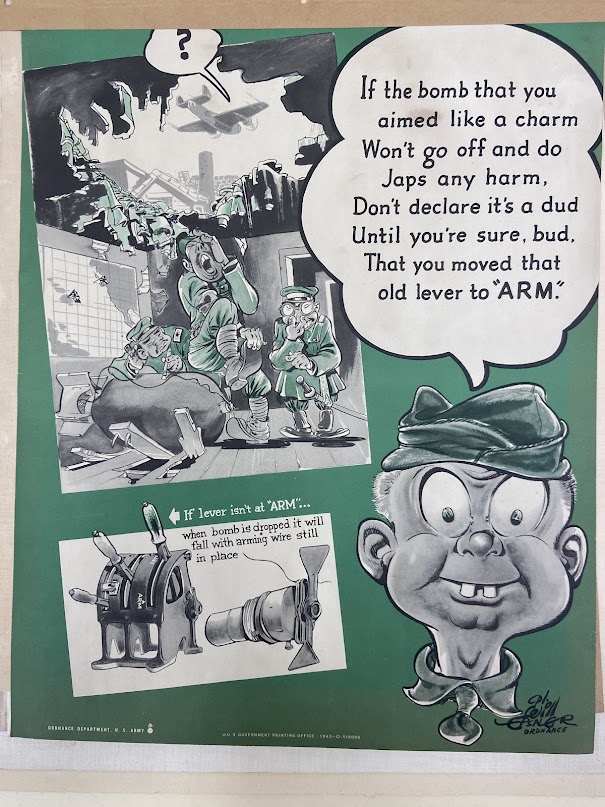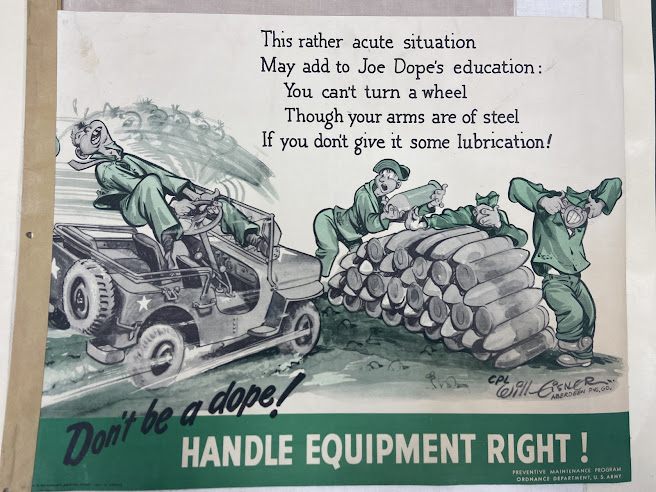reviewed by Dominick Grace
Kees de Groot, ed. Comics, Culture, and Religion: Faith Imagined. New York: Bloomsbury Academic, 2024. 264 pp. US $39.95 (Paperback). ISBN: 978-1-3503-2162-5. https://www.bloomsbury.com/us/comics-culture-and-religion-9781350321588/ (open access - free download)
Comics, Culture, and Religion: Faith Imagined, edited by Kees de Groot, adds to the growing list of books addressing religion in comics (2024 also, see Grafius and Morehead’s Horror Comics and Religion). The book also participates in the growing trend towards globalism in comics scholarship. While American texts, such as Maus, Watchmen, and Craig Thompson’s Habibi, are addressed, the book also covers European, Japanese, and Indian texts, and others on religions other than Christianity. These features are all to the good. While not every chapter, perhaps, will be of use to every reader, anyone interested in the range of comics with religious elements, and/or the relationship between comics and religion per se, will find material of interest here, and scholars interested in the specific topics of individual chapters will wish to check those ones out, at least. The scholars, whose work appears here, are mostly European, so though the lens through which most look is Western, it is not, with a couple of exceptions, North American. This is also all to the good. Diversity of topics and of scholarly voices remain important to the growth and robustness of scholarship generally, and comics scholarship specifically, given that comics are a worldwide phenomenon, but comics scholarship has not, as yet, fully encompassed that global reality.
Nevertheless, this collection is a mixed bag. The chapters are all in English, but many of the authors are not native speakers, so the prose can be stilted and occasionally, grammatically flawed. This might seem like a niggle, but careful editorial oversight should have been able to smooth out such infelicities without compromising the authors’ voices. Furthermore, the scholars included are not, generally, comics scholars per se, but rather religious studies scholars, who do bring an important perspective to a book on comics and religion, but who also do not always have the depth of comics knowledge or focus on comics-specific aspects of what they discuss that comics scholars may be looking for. The books’ approach is also oriented more towards social science than humanities, which is hardly a limitation or flaw, but it does mean that comics scholars more on the humanities side of the discipline may find this book less useful than will their social sciences colleagues. (Full disclosure: I come from the humanities, so the methodologies and interests of some of these papers fall outside my own areas of practice, interest, and knowledge.)
The book is divided into four parts. As de Groot writes in his introduction:
The first part, Comics in Religion, starts with religions. How do religious communities and institutions use comics to communicate with their audience and why and when do they protest against them? The second part, Religion in Comics, starts with comics. How are religious beliefs, rituals, symbols, leaders, stories, and practices represented, criticized, and discussed in comics? The third part, Comics as Religion?, discusses the cultural role of comics in cultivating a sense of the sacred and making meaning (7-8). Part four, Learning from Comics, asks, “What and how do comics teach about culture, about religion, and about the intertwinement of the religious and the social?” (8).
The quality of the essays varies considerably. Some are well written and researched, and clearly argued; others fail on one or more of these fronts. Many of the essays also don’t seem to me to end up having much of use to say. For instance, Paula Niechcial’s “The Reception of Comics on Zoroastrianism” sounded like it would offer a useful exploration of quite an esoteric (to me) topic. However, her quantitative study of the reception of two comics had very low responses--in the case of one of the comics she was asking about, only one of her 91 respondents indicated being familiar with it. Consequently, it is difficult to reach reliable conclusions about responses to these comics, based on this research. Others drift from the book’s focus. For instance, the one on “The Magic of the Multiverse: Easter Eggs, Superhuman Beings, and Metamodernism in Marvel’s Story Worlds,” by Sissel Undheim, has much more to say about film and TV than the comics--and there is much one might discuss about how Marvel Comics have treated (or mistreated) religion. Line Reichelt Føreland’s “Comics and Religious Studies: Amar Chitra Katha as an Educational Comic Series” offers useful information on comics as educational tools and on the history of the comics she is discussing, but does not really answer her opening question: “How can comics be used in religious studies?” (205; my emphasis). What would have seemed to me obvious examples to consider of comics that try to proselytize--Spire comics, Jack Chick tracts, for instance--are not even mentioned.
On the other hand, several pieces are strong, whether on comics familiar to North American readers. For instance, in “Implicit Religion and Trauma Narratives in Maus and Watchmen,” Ilaria Biano’s exercise in “framing Maus and Watchmen in the context of the implicit religiosity of their traumatic narratives” (141) offers useful insights into these canonical comics in their cultural context. Evelina Lundmark tackles the weaponizing of online outrage to attack comics that don’t conform to a particular religious orthodoxy in “Cancelling the Second Coming: Manufactured Christian Outrage Online,” offering valuable insights. Irene Trysnes provides what is, for an outsider, an excellent analysis of the use of religion in Norwegian comics, in “From Subordinates to Superheroes? Comics in Christian Magazines for Children and Youth in Norway.” Christoffe Monotte takes a new look at Eisner’s A Contract With God in terms of “sociology of religion and migration sociology” (222), in “A Contract with God or a Social Contract?” Other papers were on Preacher, on Craig Thompson’s Habibi, junrei manga, the comics of Kaisa and Christoffer Leka, and other topics.
The final words of the conclusion are, “To be continued.” This is a fair conclusion. This volume is to be commended for its exploration of a diverse array of comics through a religious studies lens, but it also leaves room for additional work. The exploration of religion and/in comics does indeed need to be continued further than it goes here.
Table of Contents
Part I: Comics in Religion
1. From Subordinates to Superheroes? Comics in Christian Magazines for Children and Youth in Norway, Irene Trysnes (University of Agder, Norway)
2. Cancelling the Second Coming: Manufactured Christian Outrage Online, Evelina Lundmark (Uppsala University, Sweden)
3. The Reception of Comics on Zoroastrianism, Paulina Niechcial (Jagiellonian University, Poland)
Part II: Religion in comics
4. Drawn into Krishna: Autobiography and Lived Religion in the Comics of Kaisa and Christoffer Leka, Andreas Häger and Ralf Kauranen (Åbo Akademi University, Finland)
5. What Would Preacher Do? Tactics of Blasphemy in the Strategies of Satire and Parody, Michael J. Prince (University of Agder, Noway)
6. Islam and Anxieties of Liberalism in Craig Thompson's Habibi, Kambiz GhaneaBassiri (Reed College, USA)
Part III: Comics as Religion?
7. Implicit Religion and Trauma Narratives in Maus and Watchmen, Ilaria Biano (Istituto Italiano, Italy)
8. Manga Pilgrimages: Visualizing the Sacred / Sacralizing the Visual in Japanese Junrei, Mark MacWilliams (St. Lawrence University, USA)
9. Comics and Meaning Making: Adult Comic Book Readers on What, Why and How They Read, Sofia Sjö (Åbo Akademi University, Finland)
Part IV: Learning From Comics
9. The Magic of the Multiverse. Easter Eggs, Superhuman Beings and Metamodernism in Marvel's Story Worlds, Sissel Undheim (University of Bergen, Norway)
10. Comics and Religious Studies: Amar Chitra Katha as an Educational Comic Series, Line Reichelt Føreland (University of Agder, Norway)
11. A Contract with God or a Social Contract? Christophe Monnot (University of Strasbourg, France)
Conclusion: Comics as a Way of Doing, Encountering, and Making Religion, Kees de Groot (Tilburg University, Netherlands)
Bibliography
Index
























































